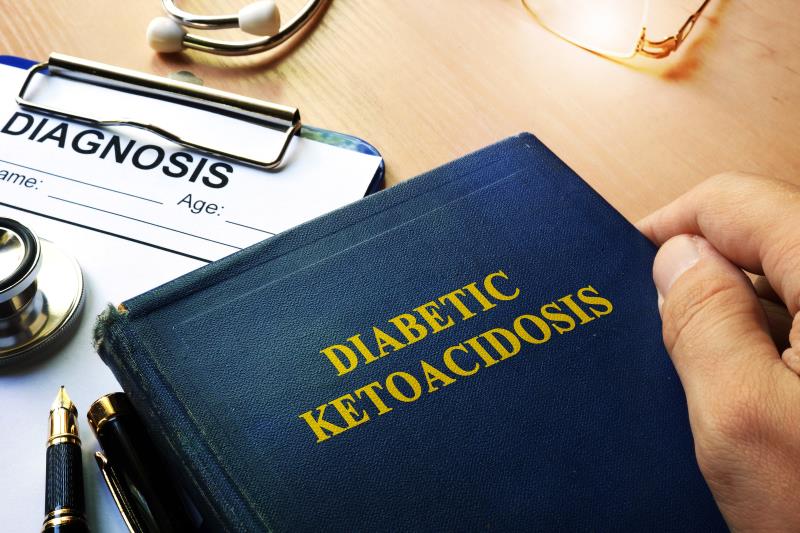Use of FreeStyle Libre glucose monitoring system may reduce DKA





Use of the FreeStyle Libre glucose monitoring system almost halved the rates of hospitalization due to diabetic ketoacidosis (DKA), according to results of the retrospective RELIEF* study presented at ADA 2020.
“This was a dramatic reduction in ketoacidosis-related hospitalization rates among patients with both type 1 and type 2 diabetes [T1D and T2D] – especially among people who previously had very low self-monitoring of blood glucose (SMBG),” said lead author Professor Ronan Roussel from Hôpital Bichat and Université de Paris, Paris, France.
“[The results] support the use of intermittently scanned continuous glucose monitoring systems like the FreeStyle Libre for individuals who are at risk for diabetes-related complications such as DKA,” he added.
Using the French SNDS nationwide reimbursement claims database, the researchers identified patients with T1D (n=33,203) or T2D (n=40,955) on insulin therapy who initiated the FreeStyle Libre system between August and December 2017. They compared DKA rates 1 year prior and after the first FreeStyle Libre sensor claim. SMBG in the 1 year prior to FreeStyle Libre use was assessed by the mean number of SMBG strips reimbursed per day.
In patients with T1D, there was a 52 percent reduced rate of annual hospitalization due to DKA (not including coma) in the 1 year after vs 1 year before use of the FreeStyle Libre system (5.46 vs 2.59 per 100 patient-years). [ADA 2020, abstract 68-OR]
In patients with T2D, DKA-related hospitalization was reduced by 47 percent in the 1 year after vs 1 year before initiating the FreeStyle Libre system (1.70 vs 0.90 per 100 patient-years).
The greatest reduction in DKA hospitalization rates was noted in patients who did not use SMBG in the year prior to using the FreeStyle system (0 strips/day; T1D: 8.31 vs 3.31 per 100 patient-years [60 percent reduction]; T2D: 2.51 vs 1.23 per 100 patient-years [51 percent reduction]). Similar results were noted in patients with regular use of SMBG in the year prior (≥5 strips/day; T1D: 5.55 vs 2.26 per 100 patient-years [59 percent reduction]; T2D: 1.88 vs 0.90 per 100 patient-years [52 percent reduction]).
Reduction in DKA hospitalization 1 year after vs before FreeStyle initiation was also noted regardless of insulin type (from 2.58 percent to 1.8 percent in patients treated with continuous subcutaneous insulin infusion and from 2.89 percent to 1.32 percent in patients treated with multiple daily insulin injections).
According to Roussel, use of the FreeStyle Libre system may have enabled the detection and management of persistent hyperglycaemia and subsequent prevention of DKA. However, it is possible that patients also improved their self-care after initiating use of this system, he noted.
“Although preventing ketoacidosis has traditionally relied on intensive SMBG, there is growing literature that shows this has not helped reduce the overall incidence of DKA. The positive results of this study demonstrate that intermittently scanned continuous glucose monitoring may have significant implications for patient-centred clinical care,” he went on.
“[G]iven the increased burden of ketoacidosis on healthcare utilization and expenditure, it may have a positive impact on long-term economic health outcomes,” he pointed out.